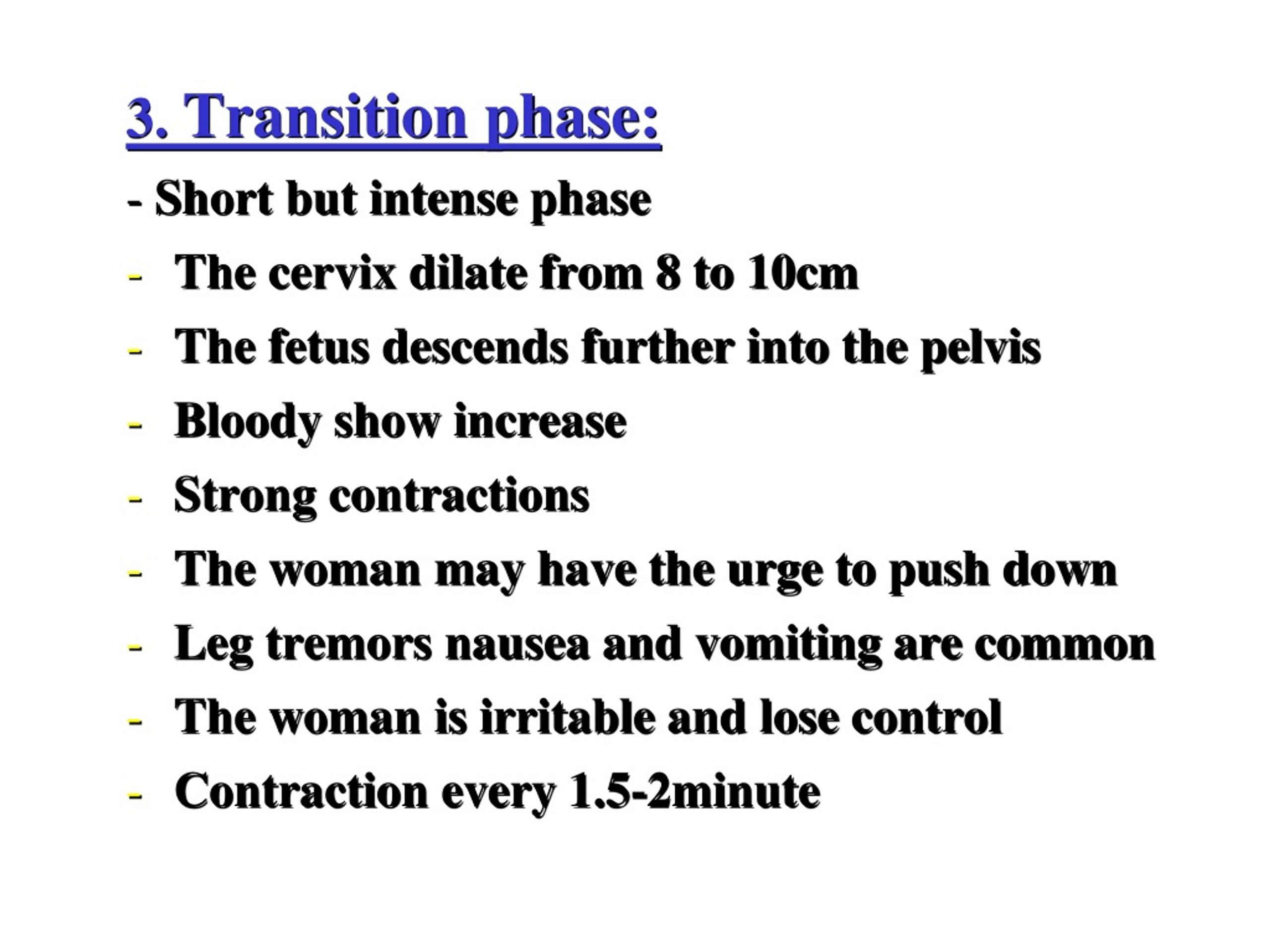

This may be the case when certain situations such as premature rupture of the membranes, post-term pregnancy, hypertension, preeclampsia, heart disease, gestational diabetes, or bleeding during pregnancy are present. There are instances where labor does not start on its own, so when the risks of waiting for labor to start are higher than the risks of having a procedure to get labor going, inducing labor may be necessary to keep the client and the newborn healthy. Once separation has occurred, the placenta delivers either by natural bearing down the client’s effort or gentle pressure on the contracted uterine fundus. Active bleeding on the maternal surface of the placenta begins with separation, which helps to separate the placenta further by pushing it away from its attachment site. Two separate phases are involved: placental separation and placental expulsion. Lastly, the third stage, or the placental stage, begins right after the baby’s birth and ends with the delivery of the placenta. As the fetal head pushes against the vaginal introitus, crowning begins, and the fetal scalp appears at the opening to the vagina. The fetus begins the descent, and as the fetal head touches the internal perineum to begin internal rotation, the client’s perineum begins to bulge and appear tense. The second stage of labor starts when cervical dilatation reaches 10 cm and ends when the baby is delivered.
#TRANSITION PHASE OF LABOR FULL#
By the end of this phase, full dilatation (10 cm) and complete cervical effacement have occurred. If it has not previously occurred, the show will occur as the last mucus plug from the cervix is released. The last phase, the transition phase, occurs when contractions peak at 2 to 3-minute intervals and dilatation of 8 to 10 cm. Bloody show or increased vaginal secretions and perhaps spontaneous rupture of membranes may occur at this time.

The active phase occurs when cervical dilatation is at 6 to 7 cm and contractions last from 40 to 60 seconds with 3 to 5 minutes intervals. Cervical effacement occurs, and the cervix dilates minimally. Contractions during this phase are mild and short, lasting 20 to 40 seconds. The latent or early phase begins with regular uterine contractions until cervical dilatation. The first stage may take about 12 hours to complete and is divided into three phases: latent, active, and transition. The first stage of dilatation begins with the initiation of true labor contractions and ends when the cervix is fully dilated. The process of labor and birth is divided into three stages. It is a physiologic process during which the fetus, membranes, umbilical cord, and placenta are expelled from the uterus (Milton & Isaacs, 2019).
#TRANSITION PHASE OF LABOR SERIES#
Labor is defined as a series of rhythmic, involuntary, progressive uterine contraction that causes effacement and dilation of the uterine cervix.


 0 kommentar(er)
0 kommentar(er)
